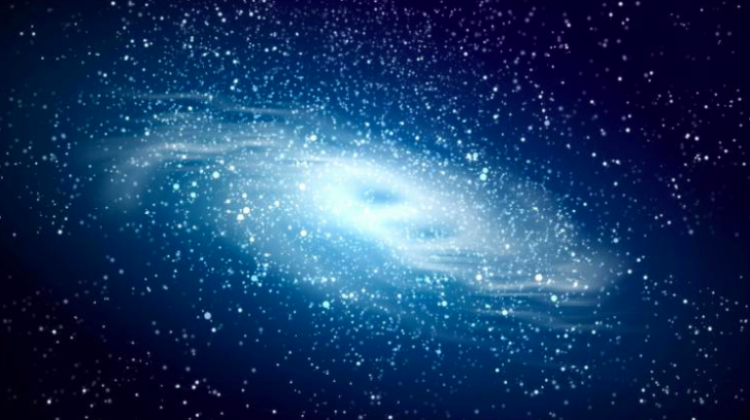Astronomers from the Nicolaus Copernicus University study the regions of star formation on the outskirts of the Galaxy
 Photo: Fotolia
Photo: Fotolia
In recent years, thanks to space telescopes, astronomers have identified new star formation areas on the outskirts of our Galaxy. These places are the focus of astronomers from the Centre for Astronomy of the Nicolaus Copernicus University in Toruń.
"The population of young stars on the outskirts of our galaxy is not yet well understood - mainly because we have been aware of their existence for a short time" - says Dr. Agata Karska, leader of the team from the Molecular Astrophysics Group at the Centre for Astronomy of the Nicolaus Copernicus University in Toruń. The primary goal of astronomers is to confirm that these objects really are protostars - that is, stars in the formation phase. "We will investigate how they affect the environment and compare these results with the nearby, much better known areas" - she adds.
She emphasizes that the conditions on the outskirts of the Galaxy differ from what we observe closer to the centre, also in terms of chemistry. "It gives us a chance to better understand how the stars were forming when the Universe was younger. Examining objects that are not really far away gives us an insight into how the outermost objects formed - or at least the direction, in which these the changes could go" - says Dr. Karska.
Matter on the outskirts of the Galaxy is much more sparse than in the centre, gas temperature is also lower. The Toruń research group wants to check whether the same applies to the cosmic dust in these regions. It turns out that it is not obvious. According to Dr. Karska, in the Large Magellanic Cloud - the nearest star-forming galaxy - the dust temperature is higher than in similar areas in our Galaxy. "This translates into the chemical composition of ice shells on dust grains and certainly also affects the chemistry of the centre in the gas phase" - the researcher emphasises.
The most important issue for Dr. Karska`s group is the so-called metallicity, the content of elements heavier than hydrogen and helium in the star formation areas. "The point is that metallicity increases with the evolution of the Universe: heavy elements are formed in the interiors of stars, so later generations of stars already use this resource of heavy elements generated by their predecessors".
In the early Universe, the metallicity was very low - few stars reached the stage of evolution that allowed them to supply the interstellar medium with heavy elements. These began to appear only as the stars got older: heavy molecules could appear in the interstellar medium as a result of a supernova explosion or through star winds from red giants.
"In the outer parts of the galaxy, there are indeed fewer stars than in the centre, so the degree of metal enrichment of the medium is also smaller. That makes this region an interesting object of research" - explains Dr. Karska.
The moment for undertaking this type of research is particularly favourable: new generations of telescopes allow to individually examine even very distant stars. "Until now, when looking at distant objects, we observed the entire large molecular cloud or its fragment. The massive objects were visible and we could not say much about smaller objects such as the protostars that would later become stars like our Sun. While we are still unable to study individual objects in other galaxies, observing individual stars on the edge of our galaxy is absolutely possible" - says the astronomer.
Dr. Karska emphasizes that the Nicolaus Copernicus University, where she decided to conduct new research, is an ideal place for such projects. "Astrochemistry is an unusual branch of astronomy, not only the observations of the stars are crucial, but also the entire matter - gas and dust. In Toruń, physicists are involved mainly in atomic and molecular physics, which means that we have specialists who can help in the interpretation of our results" - says the researcher.
PAP - Science in Poland
author: Katarzyna Florencka
kflo/ zan/ kap/
tr. RL
Przed dodaniem komentarza prosimy o zapoznanie z Regulaminem forum serwisu Nauka w Polsce.















